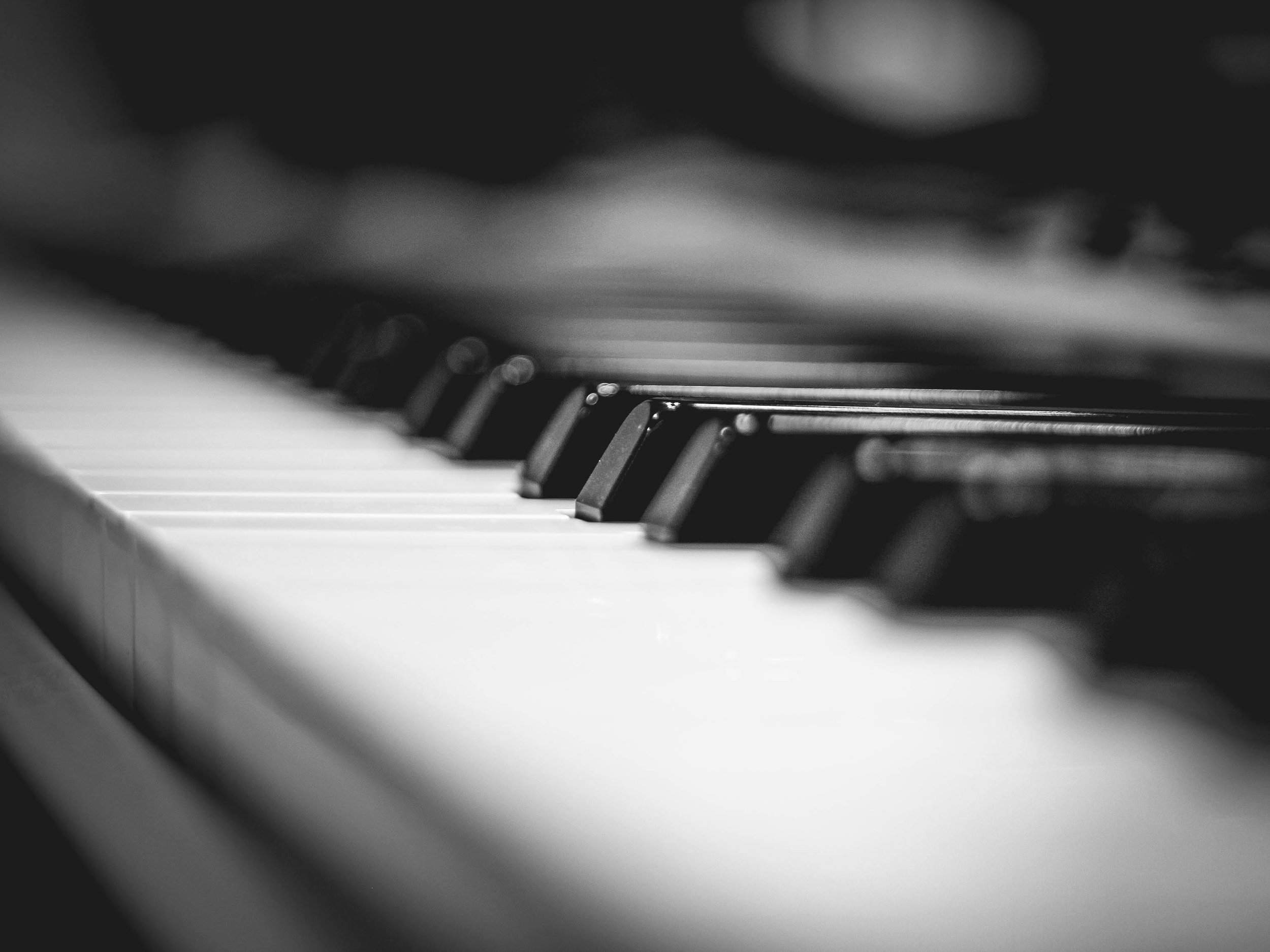ARTS
The Waltz vs the Tango.
It’s time to put the skeletons back in the closet.
© Pexels
Yannis Tan in Spring Hill, Brisbane
Ladies and gentlemen, it is time to face a long-overdue truth: the waltz is a relic, a vestigial remnant of a bygone era, fit only for the nostalgia-ridden aristocrats who refuse to embrace the passion of modernity. And what glorious force has come to overthrow its tedious tyranny? The tango, of course-the only dance worth a single drop of sweat on the ballroom floor.
Now, waltz apologists will argue that their dreary, three-count shuffle is "graceful," "elegant," or some other euphemism for "the preferred pastime of people who have never experienced genuine excitement." They swoon over the likes of Strauss, prattling on about how his pieces evoke grandeur. But let's be honest -every waltz sounds exactly the same. One-two-three, one-two-three, round and round in an endless loop of mediocrity. The waltz is a human fidget spinner: mildly amusing at first but ultimately pointless and repetitive.
Tango, in contrast, is a dance of unrelenting passion and fiery intensity. It doesn't tiptoe through the ballroom like a dainty porcelain doll; it prowls, it smolders, it dares to be alive. Tango is the pulse of the city at midnight, the whisper of forbidden romance, the defiant flick of a heel that tells the world, "I am here, and I will not be ignored!" Waltz dancers float like wisps of indecision, while tango dancers carve their existence into the floor with every deliberate step. It is the difference between standing politely in line at the bank and storming onto the battlefield.
And then, of course, there is Shostakovich, that most unfortunate of composers, who tried bless his heart-to reinvigorate the waltz with his so-called "Waltz No. 2." Oh, how the waltz crowd clings to this one piece as if it is their salvation! "But Shostakovich's waltz is different!" they wail. No, dear reader, it is not. It is merely an attempt to dress up the same old corpse in a slightly less dusty suit. Shostakovich may have added a touch of melancholy and Soviet doom, but at the end of the day, it is still a waltz, and therefore, inherently inferior. If he had any true sense of artistry, he would have abandoned the charade and written a tango instead.
So let us cast aside the illusions of waltz supremacy. Let us embrace the tango-the dance of rebellion, of fire, of undeniable vitality. Let the waltz fade into the obscurity it so richly deserves, and let the world dance with the passion it was meant to.
The revolution has begun. Put on your dancing shoes, and may the waltz never haunt us again.
Keep up with what’s happening.
The IES Underground Newsletter delivers the freshest news right to your inbox. Let’s make something incredible happen.

